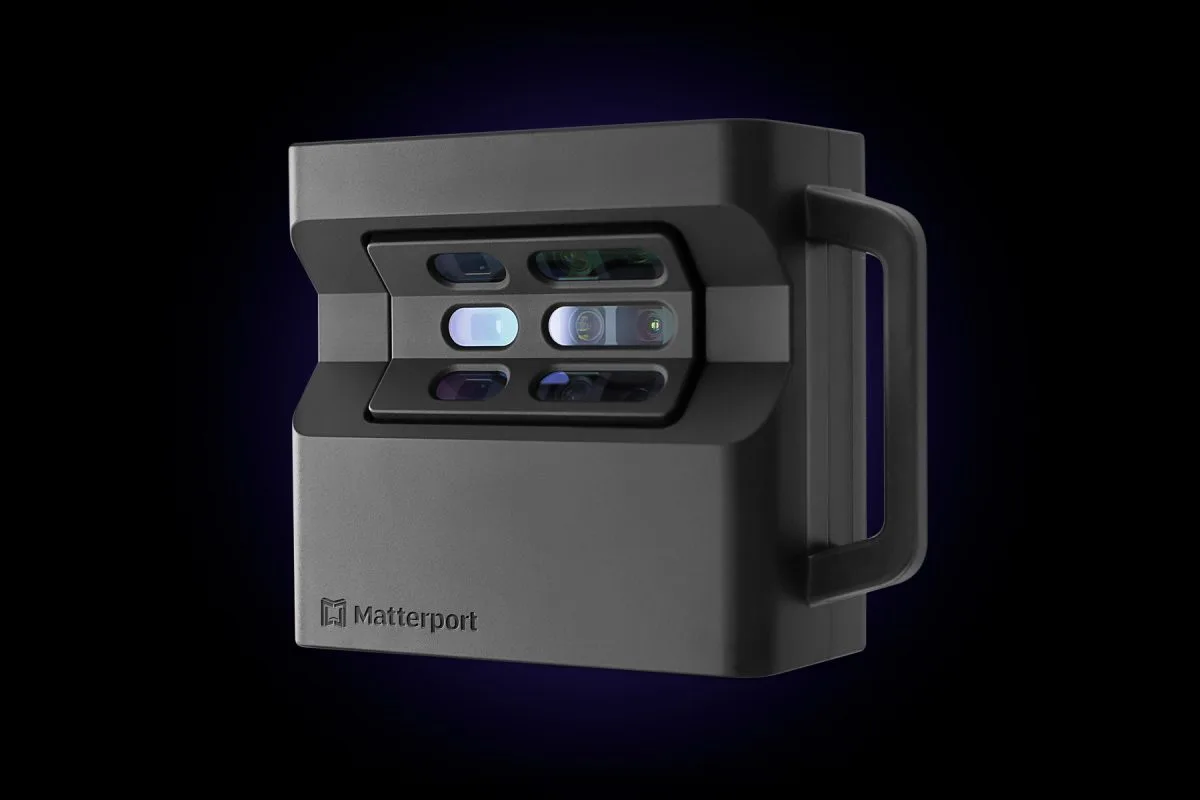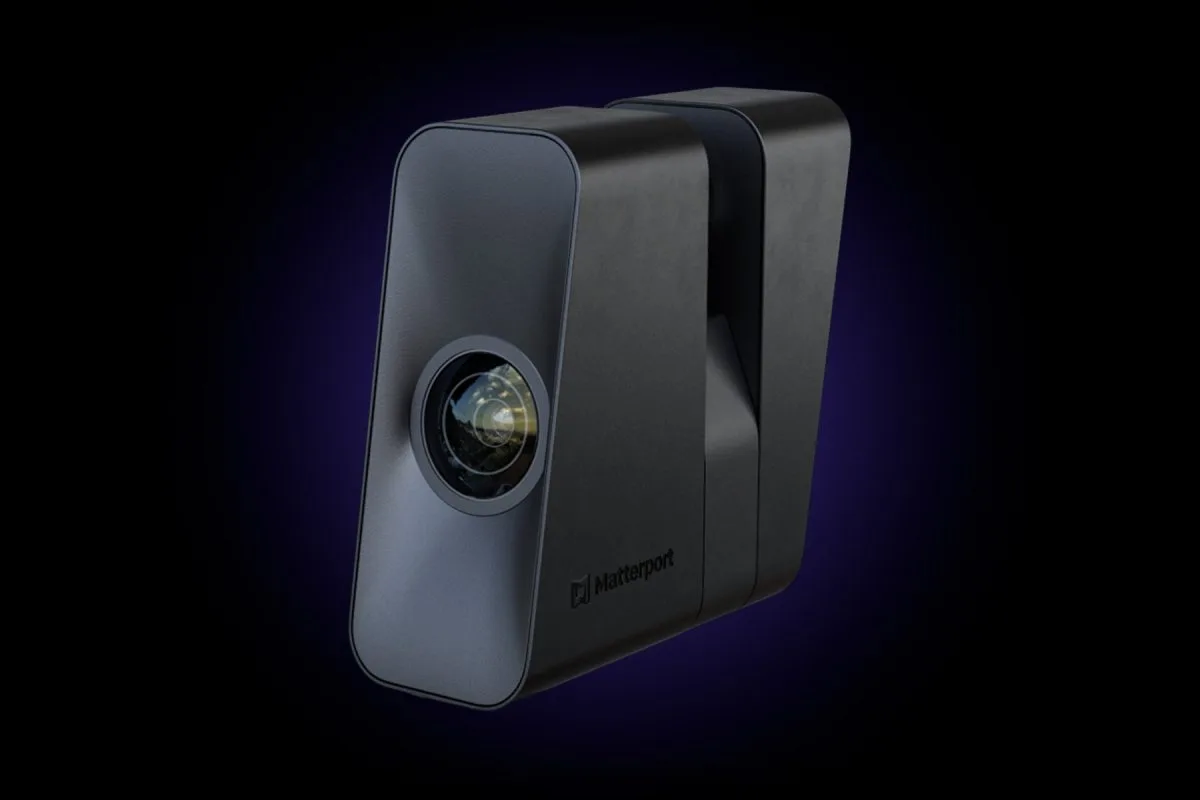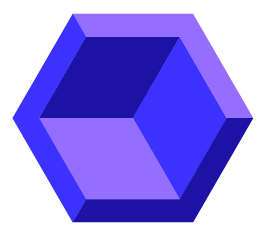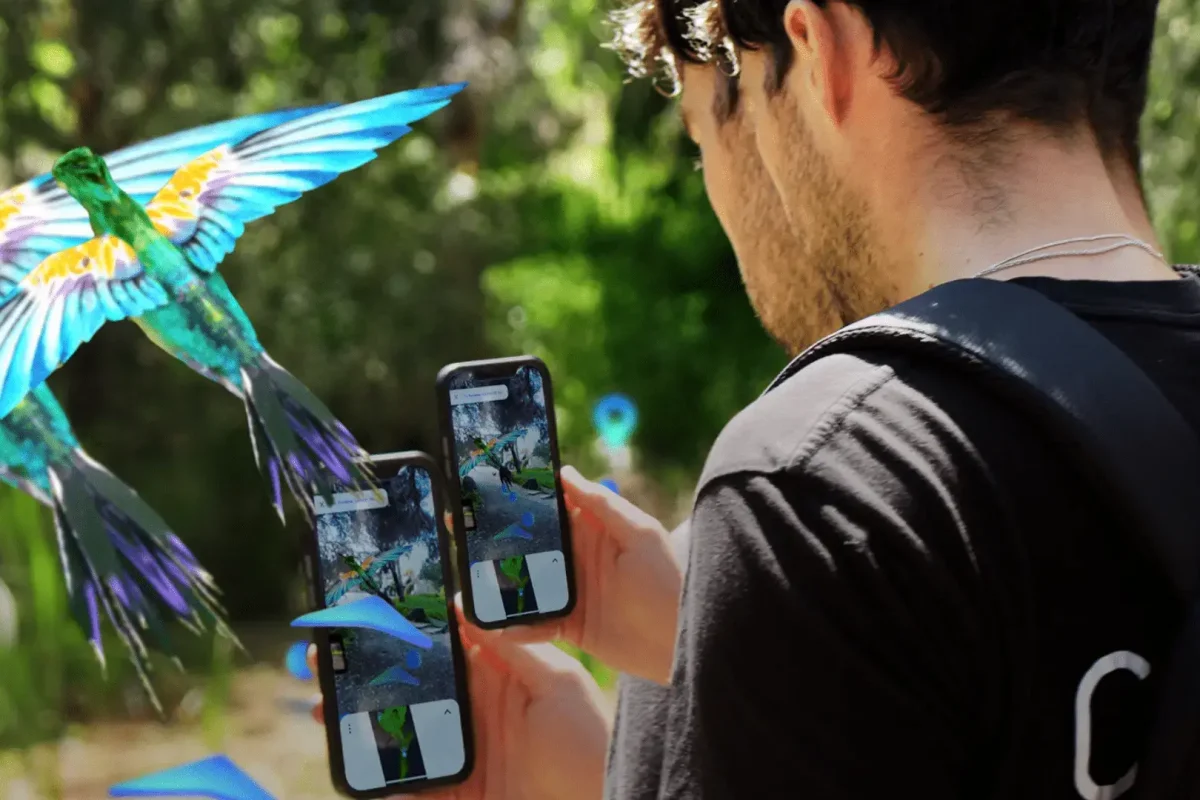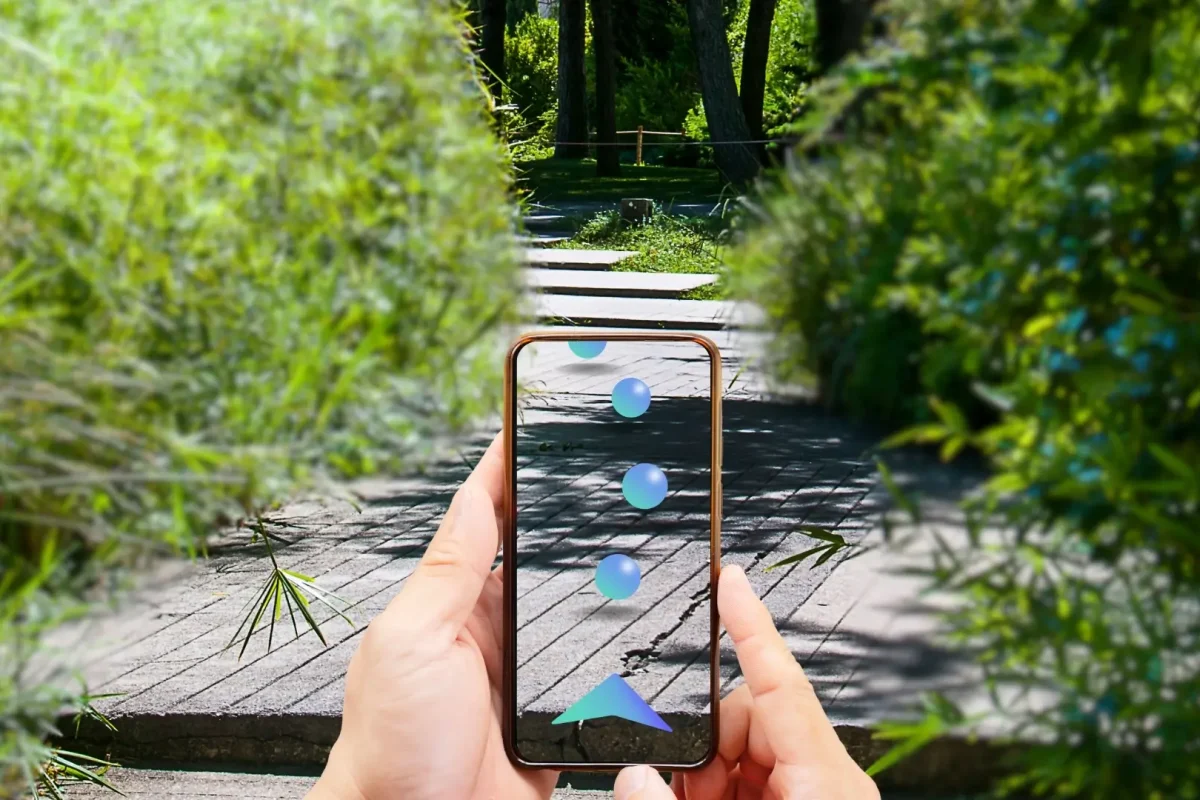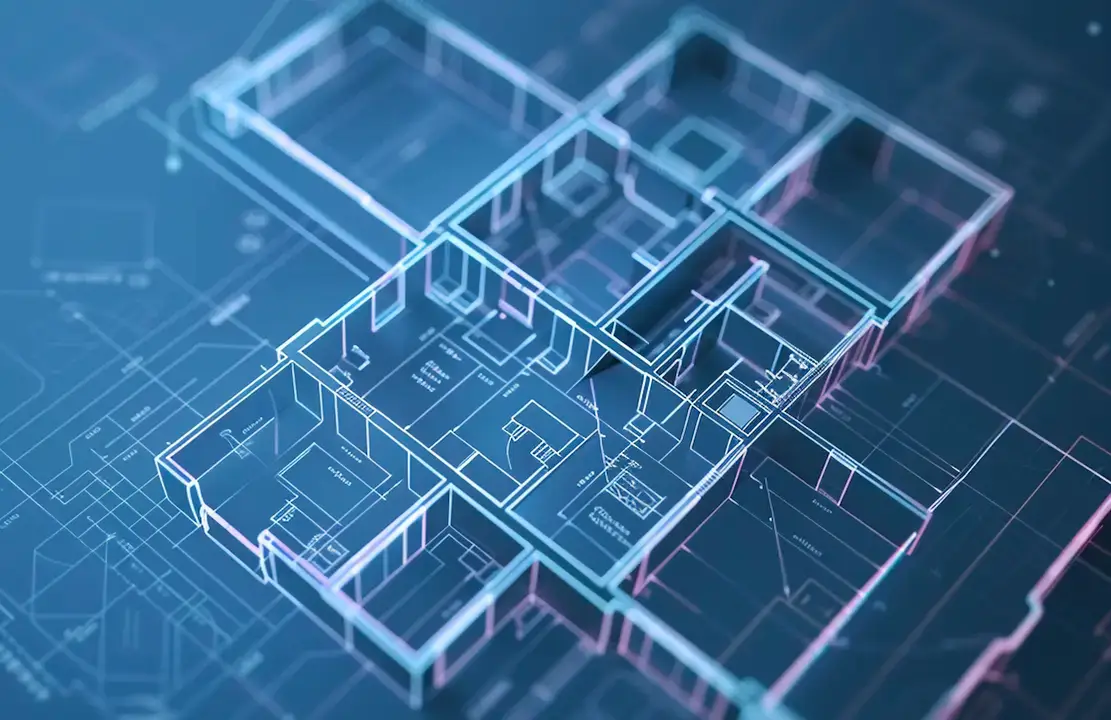XR, or Extended Reality, encompasses several different technologies, including Augmented Reality (AR), Virtual Reality (VR), and Mixed Reality (MR). Each technology has its own unique benefits and can be used in a variety of real-world applications.
Augmented Reality overlays digital content onto the real world, enhancing users’ perception of their environment. Virtual Reality creates a completely immersive digital environment that simulates reality – there’s a really fantastic overview on the development of VR by Kaleb Madaffari if you’d like to dive deeper! Meanwhile, Mixed Reality blends digital and physical elements to create an interactive experience.
With the recent release of Apple’s Vision Pro headset in the USA, and one of the world’s biggest tech companies giving its stamp of approval, we’ve seen the idea of Extended Reality experiences catapulted into the mainstream.
As the technology evolves, our team is always working to keep their knowledge up to date. So we decided to ask a few of our expert team how they would define the tech, their favourite use cases, and what they envision for the future.
First up is Sana Siddiqui, our Technical Artist | Spatial Developer, talking about Augmented Reality.
“To fully understand augmented reality, I think we need to take a step back and compare the three realities. We all know that virtual reality fully immerses you in a digital world, so does AR only half immerse you? The word “augment” in technology refers to enhancing or extending reality by adding digital information to it. When we hear AR, we immediately think of Pokemon Go, Snapchat filters or the IKEA AR furniture app. They’re all different techniques, but they have the same goal: applying a digital overlay to the real world. “Wait but isn’t that what mixed reality does?” and the short answer is yes, BUT, MR takes it a step further with its immersion, interaction and blending of both the physical and virtual worlds.
Having said that, AR apps are leveling up! With the ever evolving tech stacks, you no longer need fancy devices to feel fully immersed through your phone lens. Boundaries are definitely being crossed – even VR is stepping into AR with passthrough! I’m excited to see where this technology is going. As AR technology is becoming more accessible, there have been several amazing use cases across a variety of sectors. Anything from digital fashion to immersive storytelling, you can really feel that AR has enhanced the experience.
The reason I was drawn to the immersive fields is because of the potential to use them for good. There are educational apps to help you learn better with visualized components. There are AR experiences that bring awareness to environmental impacts. Check out Mt Resilience that has a combination of the two! There’s even some fun Projection-based AR installations out there! Imagine playing the “Floor is Lava” game but actual lava projected out onto your living room floor and without the hassle of wearing a device. Childhood memory unlocked!
AR definitely has a lot of potential as it bridges the gap between the real world and digital world. It’s only going to evolve more along with the innovative applications that come with it. With the help of AI, cloud and web, we can expect to see more intelligent immersive experiences accessible by any device!”
Next up is Cass Gray, our lead Digital Producer, on VR
“Virtual Reality immerses users in a digital environment through a specialised headset. Once the user is in VR, the real world is completely hidden – enhancing the immersion.
One of my first experiences in the VR space was doing vocational placement for a Melbourne company. They recreated the International Space Station in VR and it completely blew my mind! I got to view the earth from space without even leaving my chair. This was the first time I realised the possibilities in VR are almost endless. The same company also developed an experience to simulate living with Alzheimer’s – something potentially revolutionary for patients, friends, family members and carers. My time there really showed me the far ends of what’s possible on the VR spectrum.
One aspect of VR I’m always drawn to is how it creates empathy, especially where empathy didn’t exist before. We live in a time where it’s harder than ever to travel, and experience cultures different to our own and see how other people live. And over time this just deepens the rifts that already exist between countries. VR can be a tool to bring us to these people, places, and cultures that otherwise we wouldn’t have been able to get to. It can bring people together, it can educate, it can entertain, it can evoke an emotional reaction. Like I said earlier, the possibilities are literally endless.”
Finally we’re talking to Lucas Hehir, our Lead Software Developer, about Mixed Reality
“Mixed Reality combines the head-tracking capabilities of VR with the ability to see your real environment, possible with AR. In simple terms, MR is very similar to VR but the real world isn’t hidden. Because of this, the goal with MR is to bring games, stories and applications into the user’s environment in a realistic and seamless way.
The first proper game I played in MR was called Dr Grordbort’s Invaders on the Magic Leap and it blew me away. I had always imagined games being able to work in MR, but finally playing one was mind-bending. It used a lot of great ideas that would go on to become platform-defining standards, such as the ability to open virtual doors to other worlds and have characters come through into your room.
I get particularly excited about the cross-road between MR and the internet; things like WebXR. There are so many potentially exciting real world applications, like being able to decorate my room with the artwork from my Spotify library, or visualise products I want to buy in my house before I’ve made a purchase. This isn’t even mentioning the potential of AI to bring characters to life in your space. Imagine having Gumby as your therapist! Gumby!!”
Immersive tech uses across industries
Immersive technologies are now revolutionising many industries and are changing how we perceive, interact with, and improve our real world.
Here are some key uses of augmented reality, virtual reality and mixed reality across industries.
- Real Estate: AR can help make open inspections truly memorable by enhancing the on-site experience for potential buyers. By allowing them to interact with virtual content in real-time as they explore the physical property, real estate agents can help them make better-informed purchasing decisions. ARConnect from CAPTUR3D is the leading Augmented Reality solution for Matterport digital twins that allows user to seamlessly integrate AR features into virtual tours.
Similarly, VR is being used in real estate for virtual property tours, allowing potential buyers to explore properties in a realistic and immersive way before they are built. Check out this video for how to use CAPTUR3D VR mode to improve client experiences for your business. - Architecture, Engineering & Construction: With AR & VR, clients can visualise and assess construction plans on-site by overlaying digital design models. Not only does this improve collaboration, but also accuracy and efficiency in the project execution.
- Arts & Culture: Organisations can be transformed with immersive experiences that bring exhibits to life, offering interactive multimedia content, detailed information, and immersive storytelling, leading to deeper engagement and a richer understanding of the artwork and cultural artefacts.
- Travel: Immersive technology can empower travellers to explore hotels and tourist sites in advance. By providing interactive guided tours, contextual information, and captivating visual experiences, immersive tech can enable decision making and make their travels more memorable.
- Education: Immersive tech, particularly AR gives students truly interactive on-site learning experiences by overlaying virtual educational content onto physical classroom spaces. Using this technology, students can engage with historical sites, scientific phenomena, or architectural wonders, fostering a deeper understanding and active participation in the learning process.
- Retail and Shopping: Immersive tech is redefining the shopping experience by allowing customers to engage with virtual product information, personalised recommendations and immersive displays inside physical stores. By giving customers a highly engaging shopping experience, brands can earn their loyalty and help them to make more informed purchasing decisions.
- Training Simulations: Industries such as aviation, the military, and emergency services are using VR for training simulations. VR simulations provide a realistic and immersive training environment, allowing professionals to practice and refine their skills in a safe and controlled setting. This technology helps reduce training costs and improves the effectiveness of training programs.
- Design and Prototyping: In the automotive industry, VR is used for designing and prototyping vehicles. Engineers and designers can use VR to visualise and study different aspects of a vehicle in a virtual environment, allowing them to identify and address potential issues before any physical prototypes are created. This helps reduce development time and costs while improving the overall quality of the final product.
- Healthcare: AR and VR are both used for medical training and patient education. Surgeons can use the technologies to see medical data during procedures, and medical students can practice surgeries in a simulated environment.
- Gaming and Entertainment: VR is revolutionising the world of immersive gaming by offering realistic experiences that transport users into virtual environments. This technology enhances gameplay by allowing users to interact with the virtual world using motion controllers, providing a more engaging and immersive experience. Additionally, VR provides a heightened sense of presence, making users feel like they are truly part of the virtual world.
- Virtual Meetings and Collaboration: VR enables virtual meetings to take place in a shared virtual space, allowing remote teams to communicate, collaborate, and work on projects as if they were in the same room. This technology fosters a sense of presence and connection, leading to more effective collaboration and communication among team members.
Future trends and beyond
As we conclude our exploration of augmented reality, virtual reality and mixed reality, it’s evident that these technologies offer immense potential across various industries.
Looking ahead, we can expect several trends to shape the future of XR. One key trend is the integration of these technologies with artificial intelligence (AI) and machine learning (ML), enabling more personalised and context-aware experiences. Additionally, advancements in hardware, such as lighter and more comfortable headsets, will drive greater adoption and integration into daily life.
The future of immersive technology is incredibly exciting, with endless possibilities to transform how we work, play, and interact with the world around us. As these technologies continue to evolve, they will undoubtedly revolutionise our lives in ways we can only begin to imagine.
Ready to integrate augmented reality into your business?
With CAPTUR3D’s Augmented Reality app, ARConnect, you can seamlessly integrate AR features into your Matterport virtual tours to captivate your audience, and unlock a new era of immersive experiences.
Sign up for a 30 day free trial of CAPTUR3D to try out ARConnect.


